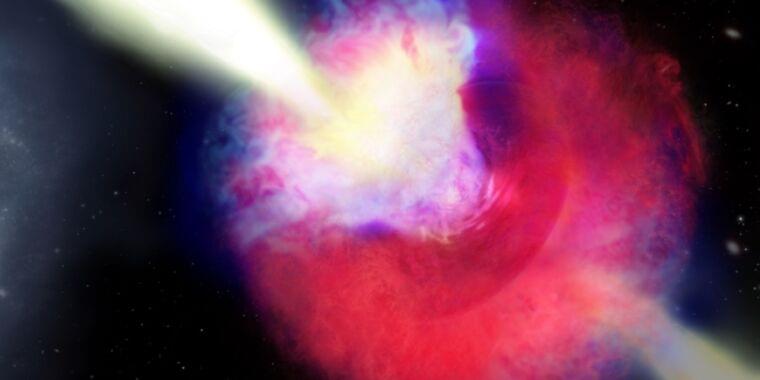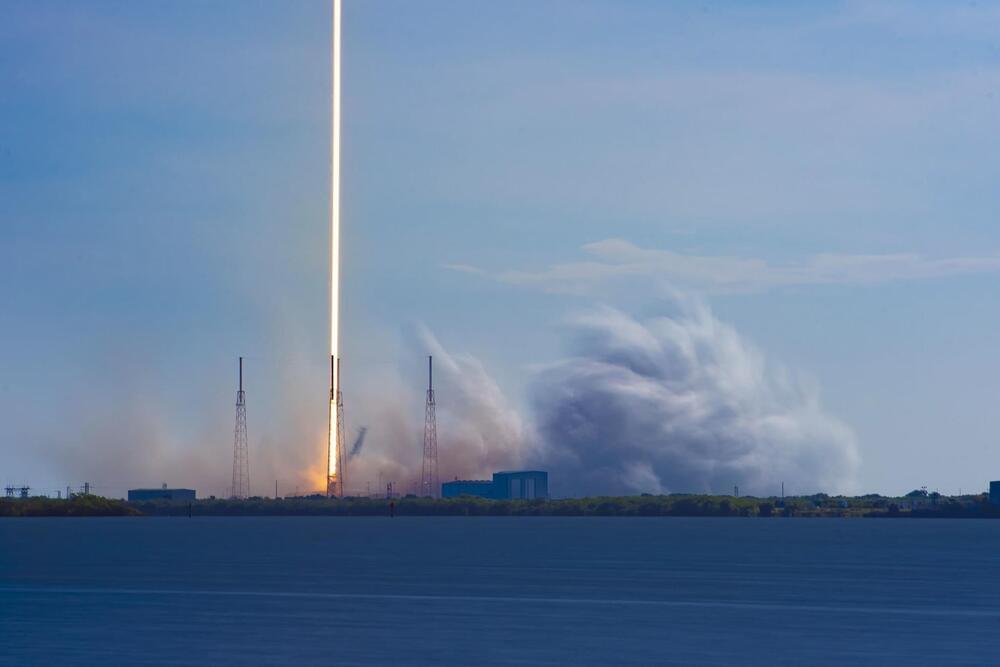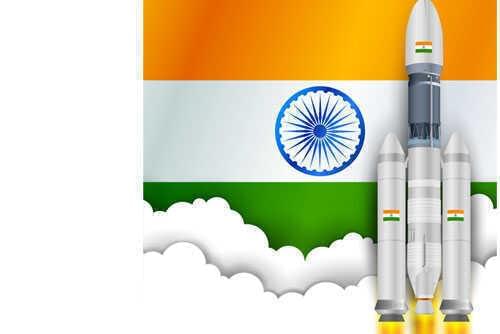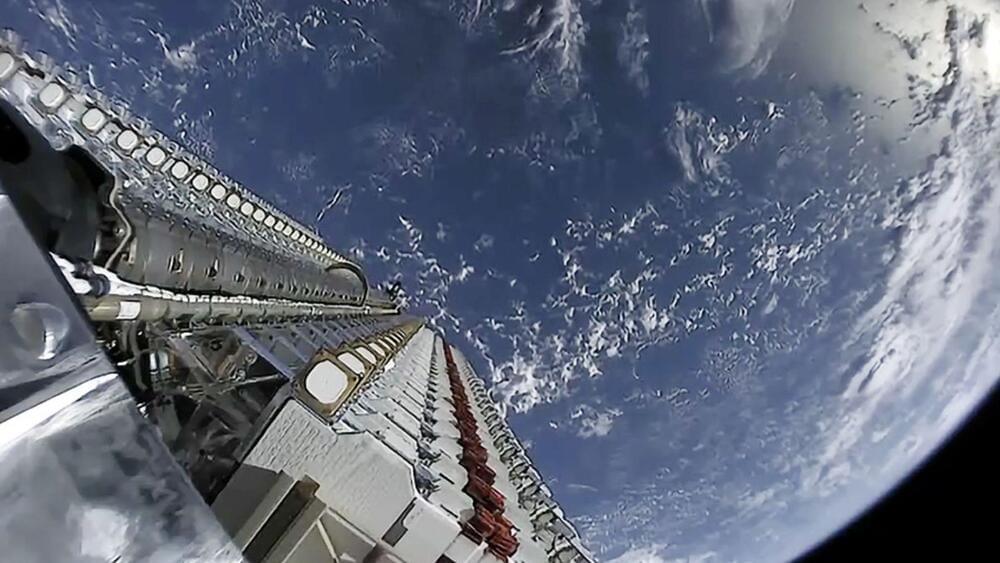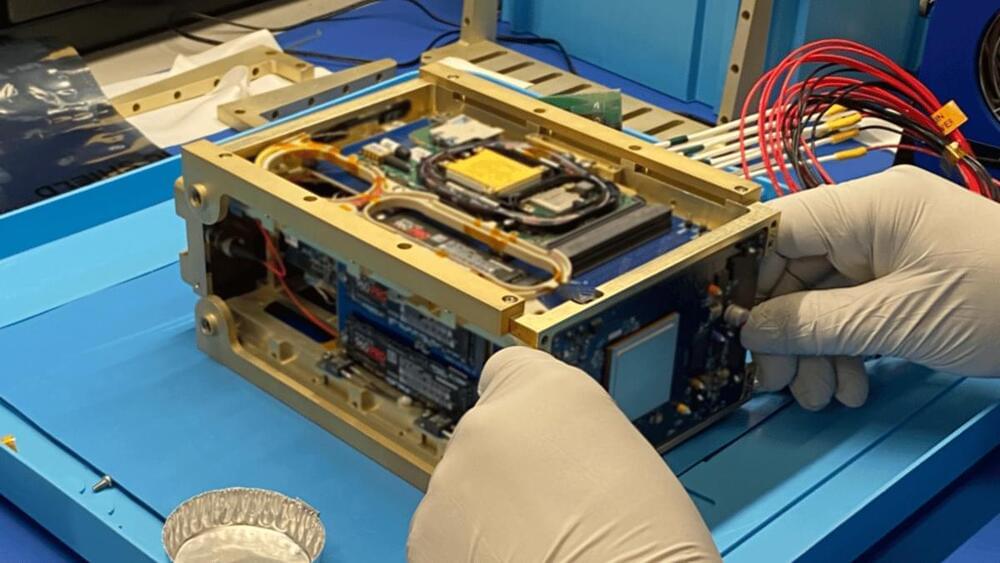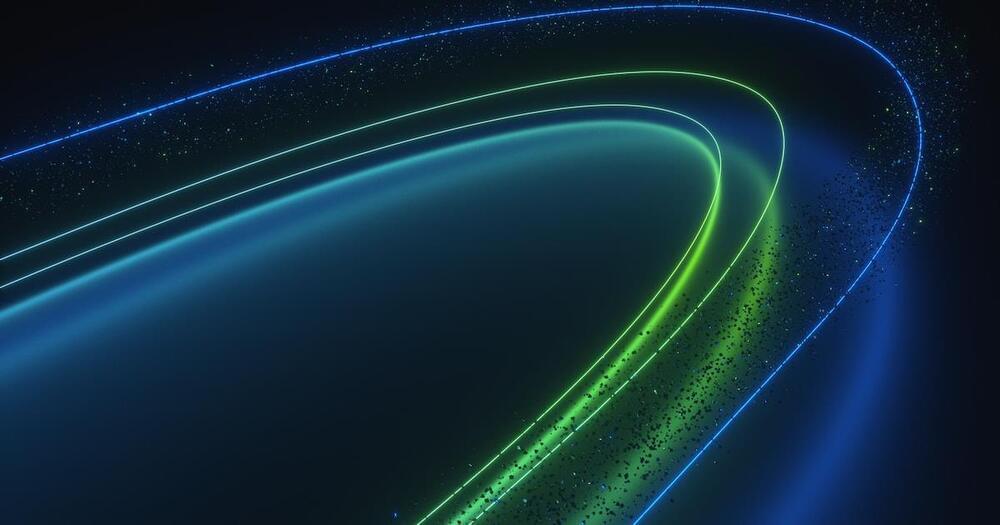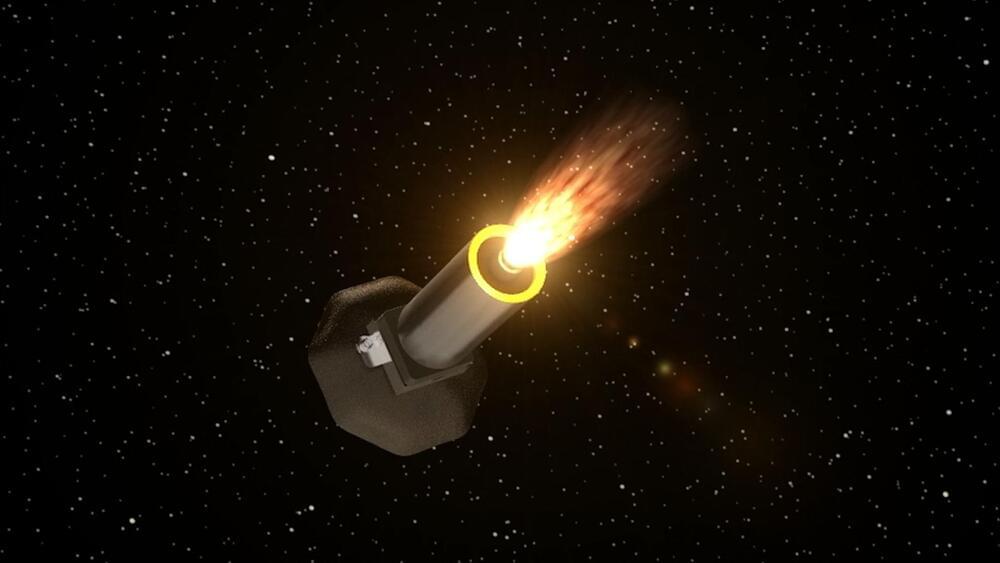Dec 10, 2022
NASA loses contact with $252 million ICON satellite, fears total system failure
Posted by Gemechu Taye in category: satellites
The space agency said, “the lack of a downlink signal could be indicative of a system failure.”
NASA has lost contact with a three-year-old satellite in Earth orbit. The space agency’s Ionospheric Connection Explorer (ICON) lost contact with ground controllers two weeks ago and is orbiting Earth without a connection. NASA fears this may be due to a system failure that could mean it has lost contact with the satellite for good.
ICON is an atmosphere-studying satellite that was operating beyond its intended lifetime before it lost contact on Nov. 25, NASA wrote in a blog post.
Continue reading “NASA loses contact with $252 million ICON satellite, fears total system failure” »
